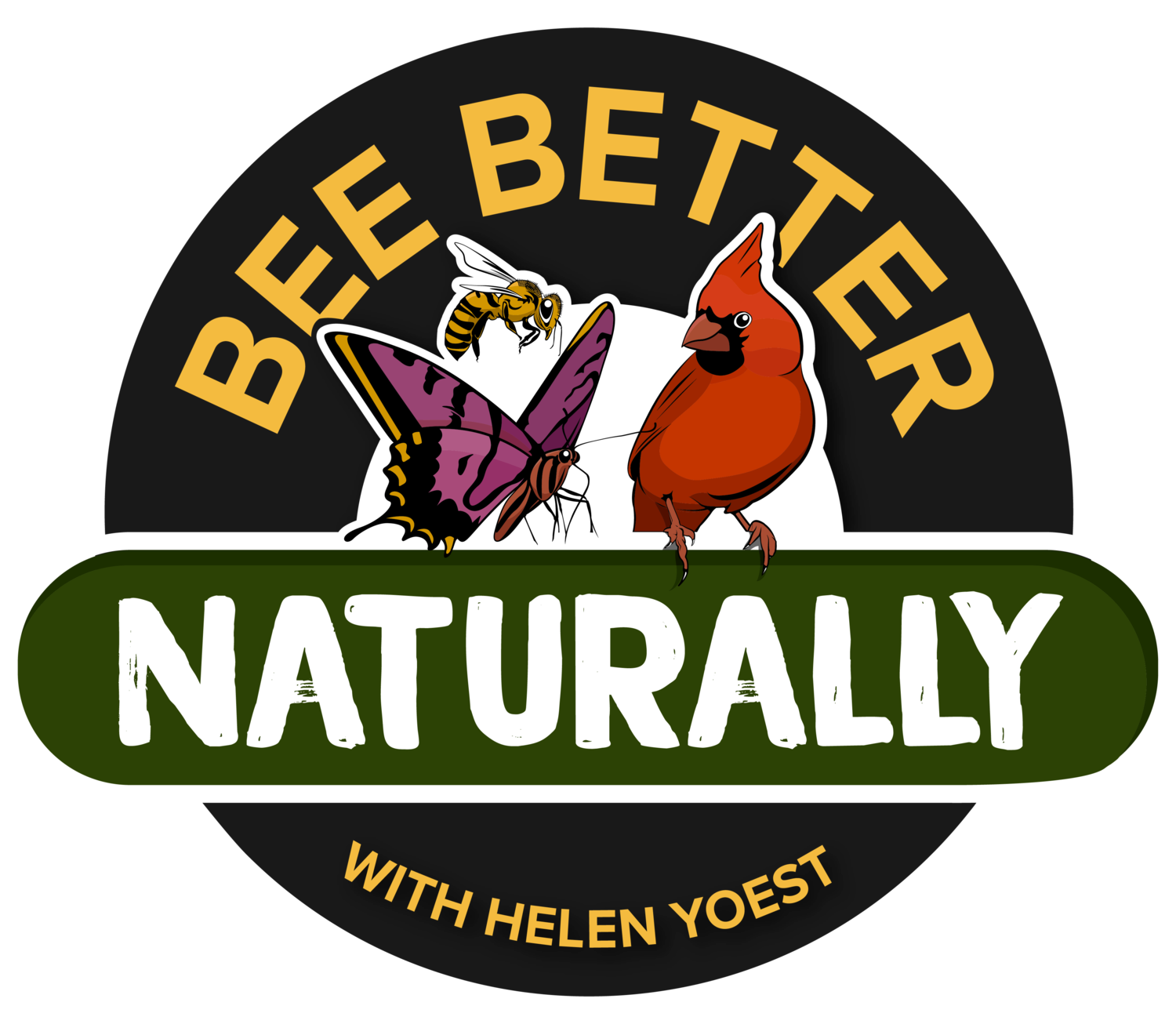Why I grow Purple Coneflower:
As you probably know, there are some fantastic new varieties of coneflowers out there. Some improved to enhance size and color, which I like; others are enhanced with double flowers. I don’t recommend double flowering plants of any kind for a wildlife habitat. Oh, the double flowers are very pretty, but did you know pollinators can’t access the nectar or pollen through densely packed petals, if there is any left at all? It’s always best to stick with single-flower species, and the straight species coneflower is one I never tire of.
Kind:
Latin Name: Echinacea purpurea
Common Name: Purple coneflower
Type: Herbaceous perennial
Height: 2.00 to 5.00 feet
Spread: 1.50 to 2.00 feet
Bloom Time: June to September
Native Range: Eastern North America
Wildlife Benefits:
Birds and butterflies, as well as, Bumble bees, Bombus spp, sweat bees, Halictidae spp, and various sunflower bees in the genera Diadasia, Melissodes, and Svastra.
Specialists include the sunflower leafcutter bee, Megachile pugnata, and the mining bee, Andrena helianthiformis.
Many butterflies also visit for nectar, including monarchs, Danaus plexippus swallowtails, Papilionidae spp., and sulphurs, Coliadinae spp.
Purple coneflowers are also the host butterfly plant for the silvery checkerspot butterfly larvae, Chlosyne nycteis.
Culture Information:
Sun: Full sun to part shade
Water: Dry to medium
Hardiness Zone: 3 to 8
Groom/Prune: Do both: deadhead a few to extend the bloom time and leave the seed heads for the Eastern goldfinch, Spinus tristis
Pest/disease Control:
Japanese beetle and leaf spot are occasional problems. Susceptible to aster yellows disease.
Propagation: Can collect seed to spread around. Plant grow larger over time, but tend to spread unless reseeding, which is like getting free plants!
Tolerates: Deer, drought, clay soil, dry soil, shallow-rocky soil
Comments:
Coneflowers of an single-flowered variety will benefit your wildlife habitat, feeding the birds, bees, and butterflies, and giving you perennial joy for many years to come. To me, seeing the Eastern goldfinch feeding on coneflower seeds is more beautiful than the flower itself! Helen Yoest

